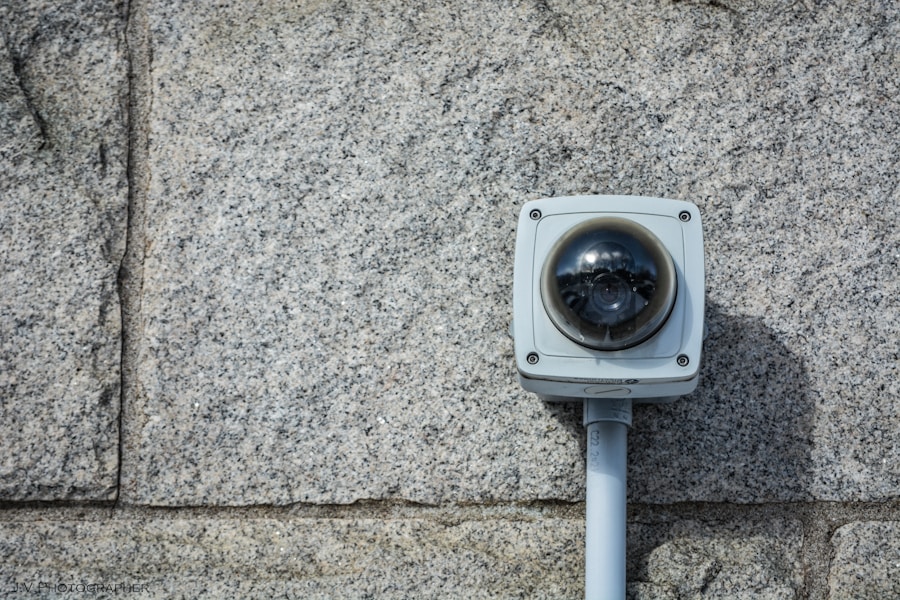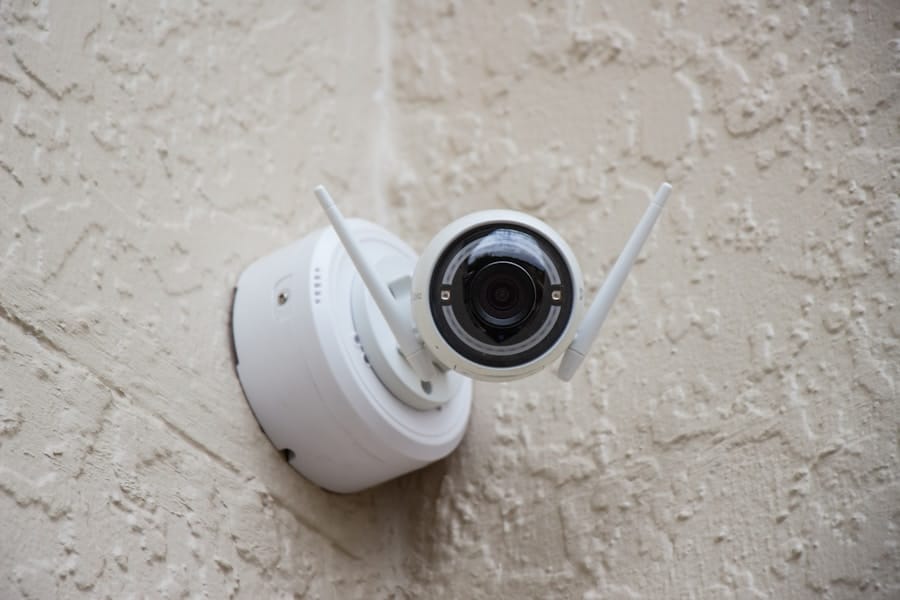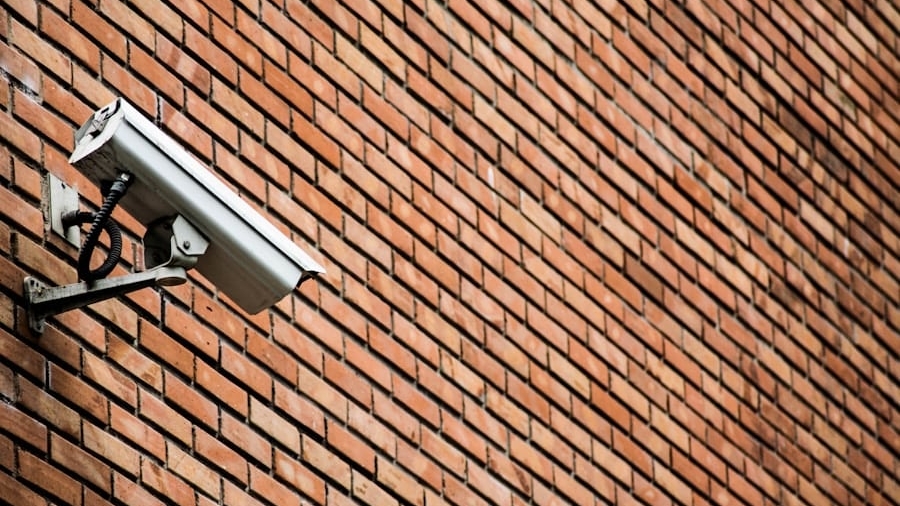In an age where security concerns are paramount, the rise of DIY home surveillance systems has transformed the way homeowners approach safety. These systems empower individuals to take control of their security by allowing them to design, install, and manage their own surveillance setups without the need for professional installation. The appeal of DIY systems lies not only in their cost-effectiveness but also in the flexibility they offer.
Homeowners can tailor their surveillance solutions to meet their specific needs, whether that involves monitoring the front porch, keeping an eye on the backyard, or ensuring the safety of children and pets indoors. The technology behind DIY home surveillance has evolved significantly over the years. Modern systems often incorporate high-definition cameras, motion detection, night vision capabilities, and even smart home integration.
This evolution has made it easier than ever for individuals to create a comprehensive security network that can be accessed remotely via smartphones or computers. As crime rates fluctuate and the need for personal safety increases, understanding how to effectively implement a DIY home surveillance system becomes essential for many homeowners.
Key Takeaways
- DIY home surveillance systems provide an affordable and customizable option for home security.
- When choosing cameras for your home surveillance system, consider factors such as resolution, field of view, and night vision capabilities.
- Setting up your DIY home surveillance system involves selecting optimal camera placements and ensuring proper power and connectivity.
- Connecting your cameras to a monitoring system allows you to access live footage and receive alerts for any suspicious activity.
- To secure your DIY home surveillance system, use strong passwords, enable encryption, and regularly update firmware to prevent unauthorized access.
Choosing the Right Cameras for Your Home
Selecting the appropriate cameras is a critical step in establishing an effective DIY home surveillance system. The market offers a plethora of options, ranging from basic models to advanced devices equipped with artificial intelligence features. When choosing cameras, it is essential to consider factors such as resolution, field of view, and connectivity options.
High-definition cameras with at least 1080p resolution are recommended for clear image quality, especially when identifying faces or license plates. Additionally, a wide field of view can cover more area with fewer cameras, reducing overall costs. Another important consideration is whether to opt for indoor or outdoor cameras.
Outdoor cameras must be weatherproof and equipped with night vision capabilities to ensure reliable performance in various conditions. Features such as motion detection and two-way audio can enhance security by allowing homeowners to interact with visitors or potential intruders in real-time. Furthermore, some cameras offer cloud storage options for footage, while others may require local storage solutions like SD cards or network-attached storage (NAS) devices.
Evaluating these features in relation to your specific security needs will help you make an informed decision.
Setting Up Your DIY Home Surveillance System

Once you have selected the right cameras for your home, the next step is setting up your DIY surveillance system. This process begins with determining the optimal locations for camera installation. It is crucial to identify areas that require monitoring, such as entry points, driveways, and common areas within the home.
A strategic approach involves considering both visibility and coverage; cameras should be positioned to capture clear images while minimizing blind spots. After identifying suitable locations, the installation process can commence. Most modern cameras come with user-friendly installation guides that simplify the setup process.
For wired cameras, running cables may require drilling holes and securing wires along walls or ceilings to maintain a clean appearance. Wireless cameras offer more flexibility in placement but may require a strong Wi-Fi signal to function effectively. It is advisable to test camera angles and connectivity before finalizing installations to ensure optimal performance.
Connecting Your Cameras to a Monitoring System
Connecting your cameras to a monitoring system is a pivotal aspect of creating a cohesive DIY home surveillance setup. Many modern cameras are designed to integrate seamlessly with various monitoring platforms, including smartphone apps and web-based interfaces. This connectivity allows homeowners to access live feeds and recorded footage from anywhere with an internet connection.
To establish this connection, users typically need to download the corresponding app and follow the setup instructions provided by the camera manufacturer. In addition to mobile access, some systems offer integration with smart home devices such as Amazon Alexa or Google Assistant. This feature enables voice-activated commands for viewing camera feeds or receiving alerts about detected motion.
Understanding these connection methods is essential for maximizing the functionality of your DIY surveillance system.
Securing Your DIY Home Surveillance System
While setting up a DIY home surveillance system can enhance security, it is equally important to ensure that the system itself is secure from potential cyber threats. Many modern surveillance cameras connect to Wi-Fi networks, making them vulnerable to hacking if not properly secured. To mitigate these risks, homeowners should change default passwords immediately upon installation and create strong, unique passwords for their devices and accounts.
Additionally, enabling two-factor authentication (2FA) adds an extra layer of security by requiring a second form of verification when accessing accounts associated with the surveillance system. Regularly updating firmware and software is also crucial, as manufacturers often release updates that address security vulnerabilities. By taking these proactive measures, homeowners can significantly reduce the likelihood of unauthorized access to their surveillance systems.
Monitoring and Accessing Your Surveillance Footage

Monitoring and accessing surveillance footage is one of the primary benefits of a DIY home surveillance system. Most modern systems allow users to view live feeds in real-time through mobile apps or web interfaces. This capability provides peace of mind for homeowners who want to keep an eye on their property while away from home.
Additionally, many systems offer features such as motion alerts that notify users when movement is detected within designated areas. Accessing recorded footage is equally important for reviewing incidents after they occur. Depending on the storage solution chosen—whether cloud-based or local—users can retrieve past recordings easily.
Cloud storage often provides additional benefits such as automatic backups and remote access without needing physical hardware on-site. However, it is essential to consider subscription costs associated with cloud services when evaluating long-term storage solutions.
Troubleshooting Common Issues with DIY Home Surveillance Systems
Even with careful planning and installation, users may encounter common issues with their DIY home surveillance systems that require troubleshooting. One frequent problem is connectivity issues, which can arise from weak Wi-Fi signals or interference from other electronic devices. To address this, homeowners can reposition their routers or invest in Wi-Fi extenders to improve coverage in areas where cameras are installed.
Another common issue involves camera malfunctions or failure to record footage as expected. In such cases, checking power sources and ensuring that all connections are secure can often resolve the problem. Additionally, reviewing camera settings within the app or monitoring platform may reveal misconfigurations that need adjustment.
Regular maintenance checks can help identify potential issues before they escalate into significant problems.
Additional Tips and Considerations for DIY Home Surveillance Systems
When embarking on a DIY home surveillance project, there are several additional tips and considerations that can enhance the overall effectiveness of your system. First and foremost, it is advisable to conduct thorough research on different brands and models before making purchases. Reading user reviews and expert opinions can provide valuable insights into product reliability and performance.
Moreover, considering future expansion is essential when designing your system. As security needs evolve or new technologies emerge, having a scalable system allows homeowners to add additional cameras or features without overhauling their entire setup. Finally, engaging with local law enforcement about best practices for home security can provide additional guidance tailored to specific community concerns.
By taking these factors into account and remaining proactive about security measures, homeowners can create a robust DIY home surveillance system that not only meets their immediate needs but also adapts over time as those needs change.
If you’re interested in creating a DIY home surveillance system, you may also want to check out this article on Samsung smartwatches review. Smartwatches can be a useful tool for monitoring your home security system remotely and receiving alerts on the go. By combining the features of a smartwatch with your DIY surveillance setup, you can enhance the overall effectiveness of your home security measures.
FAQs
What is a DIY home surveillance system?
A DIY home surveillance system is a security setup that is designed and installed by the homeowner themselves, without the need for professional installation or monitoring services.
What are the benefits of a DIY home surveillance system?
Some benefits of a DIY home surveillance system include cost savings, customization options, and the ability to monitor and protect your home on your own terms.
What are the basic components needed to create a DIY home surveillance system?
The basic components needed for a DIY home surveillance system include security cameras, a digital video recorder (DVR) or network video recorder (NVR), cables, and a monitor or mobile device for viewing the footage.
What are some important factors to consider when setting up a DIY home surveillance system?
Important factors to consider when setting up a DIY home surveillance system include the placement of cameras for optimal coverage, the storage capacity of the DVR or NVR, and the ability to access the footage remotely.
Are there any legal considerations to keep in mind when installing a DIY home surveillance system?
It is important to be aware of and comply with any local laws or regulations regarding the use of surveillance cameras, including privacy laws and restrictions on where cameras can be placed.
What are some tips for maximizing the effectiveness of a DIY home surveillance system?
Some tips for maximizing the effectiveness of a DIY home surveillance system include using high-quality cameras, ensuring proper lighting for clear footage, and regularly maintaining and checking the system for any issues.

